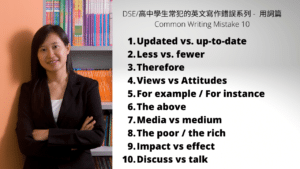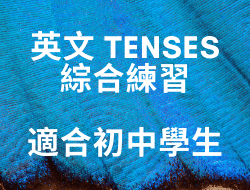IELTS Book 5 Test 2 Task 2 Writing Band 9 pdf
IELTS 5 Writing Model Essay (Free sample)
Test 2 Task 2 Question
The charts below show the main reasons for study among students of different age groups and the amount of support they received from employers.
Summarise the information by selecting and reporting the main features, and make comparisons where relevant.
Write at least 150 words.
Test 2 Task 2 Model Essay by an Expert
The first bar chart compares the motivations for study – either for career development or for personal interest – across different age groups. According to the chart, as age increases, a higher percentage of students choose to study primarily for the sake of interest. Percentages of students studying for their career show an inverse pattern, with the vast majority of under 26 year-olds (80%) engaging in study to develop their career. This is reflected in the amount of employer support enjoyed by the under 26 age group, who received the most time off and financial assistance amongst all of the age groups.
Students in their thirties obtain the least support from their employers, receiving half the percentage support than the youngest age group. This is despite the fact that roughly 30% more of this age group study for their career than study for personal interest. Amongst the five age groups, those aged over 49 receive the third most support from their employers, despite a large majority of them studying for interest rather than to develop their career.
(175 words)


